Barramundi fishing in the Top End of the Northern Territory is legendary, attracting anglers from across Australia and the world. Here’s a comprehensive guide covering the best locations, seasons, techniques, gear, and safety considerations.
Best Locations for Barramundi Fishing
The Top End offers a variety of prime barramundi habitats, including rivers, billabongs, estuaries, and coastal creeks. Top hotspots include:
- Daly River: Famous for its big barra and top fishing competitions.
- Arnhem Land: Pristine wilderness with abundant barramundi.
- Kakadu National Park: Iconic scenery and productive fishing.
- Roper River: Known for trophy-sized fish.
- Manton Dam, Finniss River, and Mary River: Easily accessible and productive spots.
- Tidal estuaries and inland catchments: Offer great opportunities, especially during key seasons.

Fishing Seasons
Barramundi can be caught year-round, but certain seasons are more productive:
- Build-Up (Oct–Dec): Warming water temperatures make barra more active in rivers and billabongs.
- Tropical Summer (Jan–mid-Mar): Monsoonal rains connect waterways, making barra fishing abundant along coasts and inland.
- Run-Off (Mar–May): Peak season. Floodplains drain into rivers, concentrating bait and barramundi at creek mouths-this is when most trophy fish are caught and major competitions are held.
- Dry Season (May–Sep): Fishing slows for barra but bluewater species peak; barra still possible in some systems.
Techniques & Tactics
- Lure Fishing: The most popular method. Use hard-bodied lures, soft plastics, and vibes. Topwater lures are effective in the right conditions. Cast beyond likely fish-holding spots (snags, weedbeds, rockbars) and retrieve past them to avoid spooking fish and ensure your lure is working at the right depth.
- Live Bait: Live mullet or cherabin (freshwater prawns) are highly effective, especially in murky water or during the run-off.
- Trolling: Effective in deeper river channels and along drop-offs, especially with deep-diving lures.
- Snag Fishing: Barramundi love structure-target sunken logs, overhanging trees, and rockbars.
Note: you cannot use live bait for fishing in Kakadu National Park. The park’s regulations are clear:
- The only fishing equipment permitted is a rod or handline with a single hook or lure attached.
- A live animal (including fish) cannot be used as bait.
- Dead bait fish may be used only if caught within Kakadu.
- Nets, traps, and pots are strictly prohibited for catching bait or fish (except for a small landing net, which can only be used to land fish, not to catch bait).
Fishing Gear

Gear & Equipment
- Rod & Reel: Medium to heavy spinning or baitcasting outfits (6–8kg line class).
- Line: Braided line (20–30lb) with a strong fluorocarbon leader (40–60lb) to handle sharp gill plates and snags.
- Lures: Hard-bodies, soft plastics, vibes, and surface lures in natural or bright colours, depending on water clarity.
- Terminal Tackle: Strong hooks and swivels; barra are powerful and can straighten weak gear.
Tips for Success
- Timing: Fish early morning or late afternoon for best results.
- Tides: In tidal rivers and estuaries, time your fishing around the change of tide.
- Casting: Always cast beyond the target and retrieve past it to avoid spooking fish and to get your lure working at the right depth.
- Persistence: Barramundi are known for being elusive-patience and repeated casts are often rewarded.
Safety & Regulations
- Crocodile Awareness: Always be “Crocwise.” Never fish close to the water’s edge, and avoid cleaning fish or wading in known crocodile habitats.
- Licensing: No recreational fishing licence is required in the NT, but some areas (e.g., Aboriginal land, Kakadu) may require permits.
- Catch Limits: Observe bag and size limits as set by NT Fisheries to protect stocks.
Why the Top End?
- World-Class Fishery: The Top End is renowned for its wild, remote, and productive barramundi fishing, with the chance to land a “metrey” (a barramundi over 1 metre).
- Spectacular Scenery: Rivers and billabongs are set in stunning landscapes, often teeming with wildlife.
- Accessible Adventure: Many locations are accessible by road or with guided tours and charters, suitable for all experience levels.
Barramundi fishing in the Top End is an iconic Australian adventure, offering thrilling angling, beautiful scenery, and the chance to catch one of the country’s most prized sportfish. Plan your trip around the run-off for the best chance at a trophy barra, use the right gear and techniques, and always put safety first.


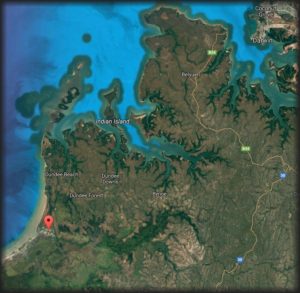 Australia’s Northern Territory is teeming with exotic birdlife, mammals, reptiles and marine life. The Finniss River and Bynoe Harbour included. The Finniss River coastal floodplain, about 70 km south-west of Darwin is dominated by seasonally inundated grassland and sedgeland with areas of paperbark open-forest. The Finniss River floodplain is also of international significance. This site is listed as a wetland of national significance in the Directory of Important Wetlands in Australia.
Australia’s Northern Territory is teeming with exotic birdlife, mammals, reptiles and marine life. The Finniss River and Bynoe Harbour included. The Finniss River coastal floodplain, about 70 km south-west of Darwin is dominated by seasonally inundated grassland and sedgeland with areas of paperbark open-forest. The Finniss River floodplain is also of international significance. This site is listed as a wetland of national significance in the Directory of Important Wetlands in Australia.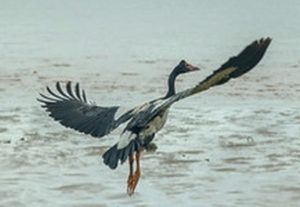 The area supports very large numbers of waterbirds, including more than 1% of the world’s populations of Magpie Geese and Pied Herons, and high densities of many other waterbird species. It supports important breeding activity by Saltwater Crocodiles, Magpie Geese and other waterbirds, and three
The area supports very large numbers of waterbirds, including more than 1% of the world’s populations of Magpie Geese and Pied Herons, and high densities of many other waterbird species. It supports important breeding activity by Saltwater Crocodiles, Magpie Geese and other waterbirds, and three 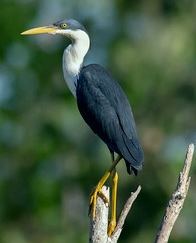 large waterbird breeding colonies are known to be located in paperbark swamps on the floodplain. Approximately five threatened birds and one threatened plant species also call this area home.
large waterbird breeding colonies are known to be located in paperbark swamps on the floodplain. Approximately five threatened birds and one threatened plant species also call this area home.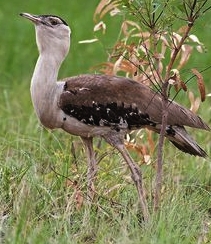 Masked Owl Tyto
Masked Owl Tyto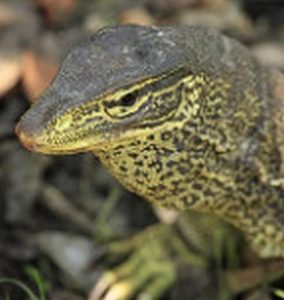
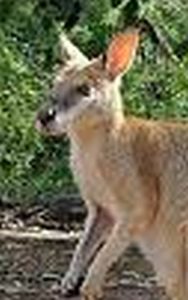 Wallaby are also very abundant.
Wallaby are also very abundant. Floating grass mats of the billabongs of the Finniss and Reynolds Rivers not destroyed by buffalo, provide an important habitat refuge and source of food for a range of fauna in the dry season, especially crocodiles. There are more crocodiles in the Northern Territory than anywhere else in the world.
Floating grass mats of the billabongs of the Finniss and Reynolds Rivers not destroyed by buffalo, provide an important habitat refuge and source of food for a range of fauna in the dry season, especially crocodiles. There are more crocodiles in the Northern Territory than anywhere else in the world.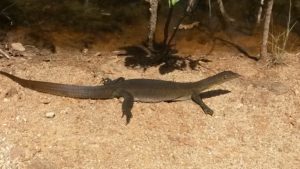
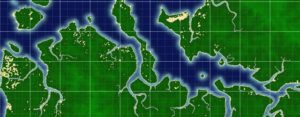 There are at least half a dozen boat ramps in the Finnis River & Bynoe Harbour area.
There are at least half a dozen boat ramps in the Finnis River & Bynoe Harbour area.
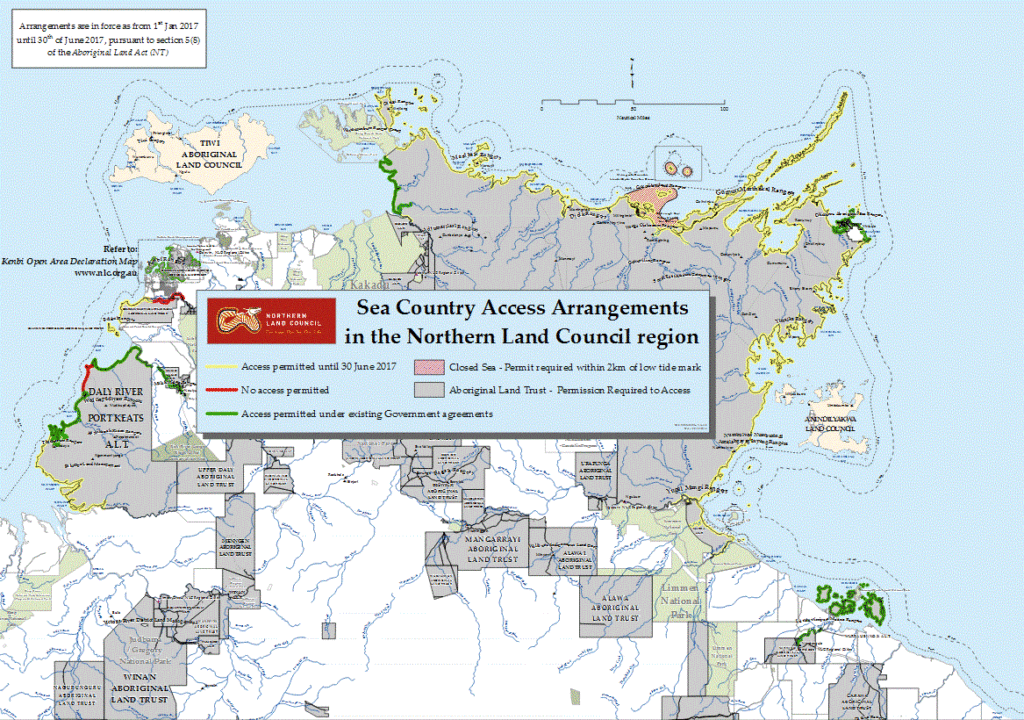
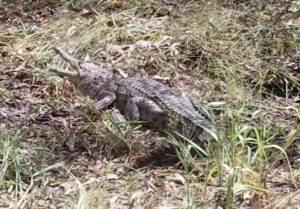
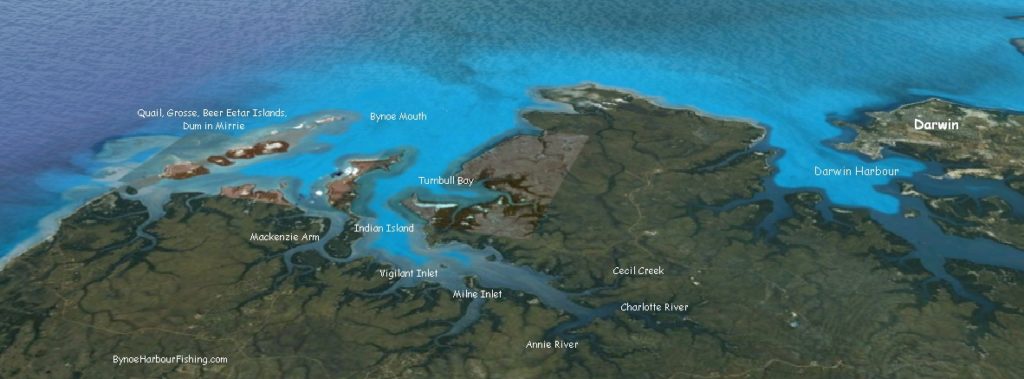
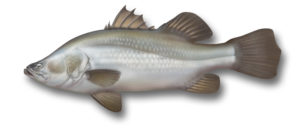 Trolling and Casting: Use medium weight baits and lures (These won’t get blown and knocked around like smaller, lighter varietties.)
Trolling and Casting: Use medium weight baits and lures (These won’t get blown and knocked around like smaller, lighter varietties.)